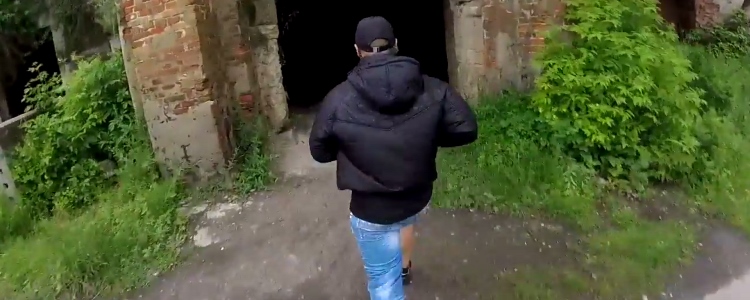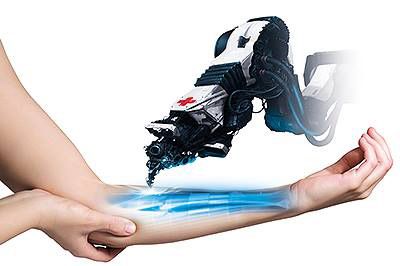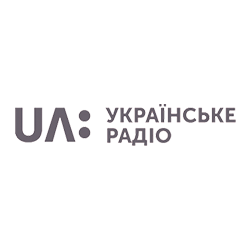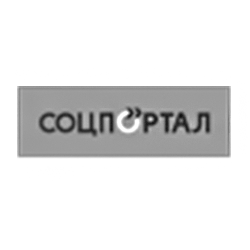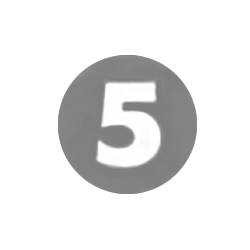Young soldier from the 93rd Bohdan, has completed treatment. After coming under enemy attack in the village of Pisky, Bohdan was seriously injured in the radius by shrapnel. His advanced fracture and significant tangential defect could be grown back together only through cellular technology. Now it’s rehabilitation and recovery for him. When he learned about the charity “Chestnut Run” – he decided to take part with a team from the iLaya medical clinic and volunteers from The People’s Project, to support other patients of The Bioengineering Rehabilitation for Wounded Project who are still struggling to regain their health.
“In preparing for the race with a friend, despite the weather, took about six weeks. When there were heavy rains, I sighed with relief. We had to get up at six in the morning in time to do other things for the day! Every morning, I woke up feeling lazy. She tried to convince me that “enough, why don’t you lie down”, and hundreds of other excuses captured my thoughts. Sometimes I was lacking motivation…
Finally, closer to the race we went to the strengthened regime – running from a truck on my toes, and running in a flak jacket. The distance was constant – 8 km, often I had to stop and catch my breath. Once a week, I did a 14 km run. After each race we performed a series of exercises on my legs.
For me, the time does not matter, I run for fun and endurance. Especially, I am not measuring the time, but on average one run took about an hour. When I arrived to Kyiv was I not expecting so many participants, but with running partners my excitement grew.”

Now consider how many healthy people who have no injuries and no risk of losing a limb could become inspired and overcome their laziness and despite all the work see results? So, just look to Bohdan jogging in the morning. As he did every day!
It is not surprising that Bogdan overcome the whole distance. He believes that if by running and not concentrating on the time – he got to finish even earlier. And in a charity marathon participants allow themselves to set their own pace.
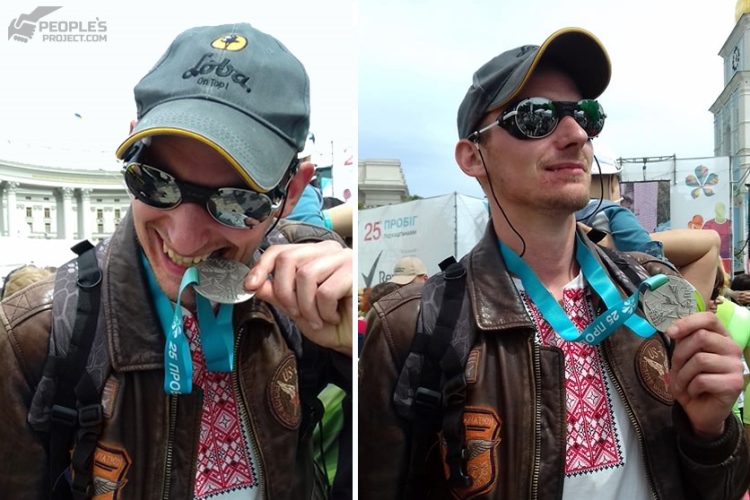
“On the start pistol, chills ran down my spine, and threw sharp glance toward the startline. My reflexes kicked in and although you understand that safe, the harsh sound of the pistol still confused my heart. The race was not as difficult as uncomfortable. Always had to avoid all participants who stopped for a selfie, look for groups and participants just slowly losing pace and bunching together. To sustain steady pace was impossible. Stop and start, running from side to side…it was easier on the climb, fewer people fled. Throughout the course I wanted retain power to get to the finish, I thought life will bring, but…there was congestion at the finish and so I crossed the finish line at a leisurely pace,” Bohdan says.
“For myself, I set a goal and achieved it, and I am immensely happy for colleagues, happy to see them out of medical beds and on foot. Each of us had a dice with death, and we won it. There is not yet medals cast that would be worthy of the courage of our guys. Each received his award, the award of life…”




